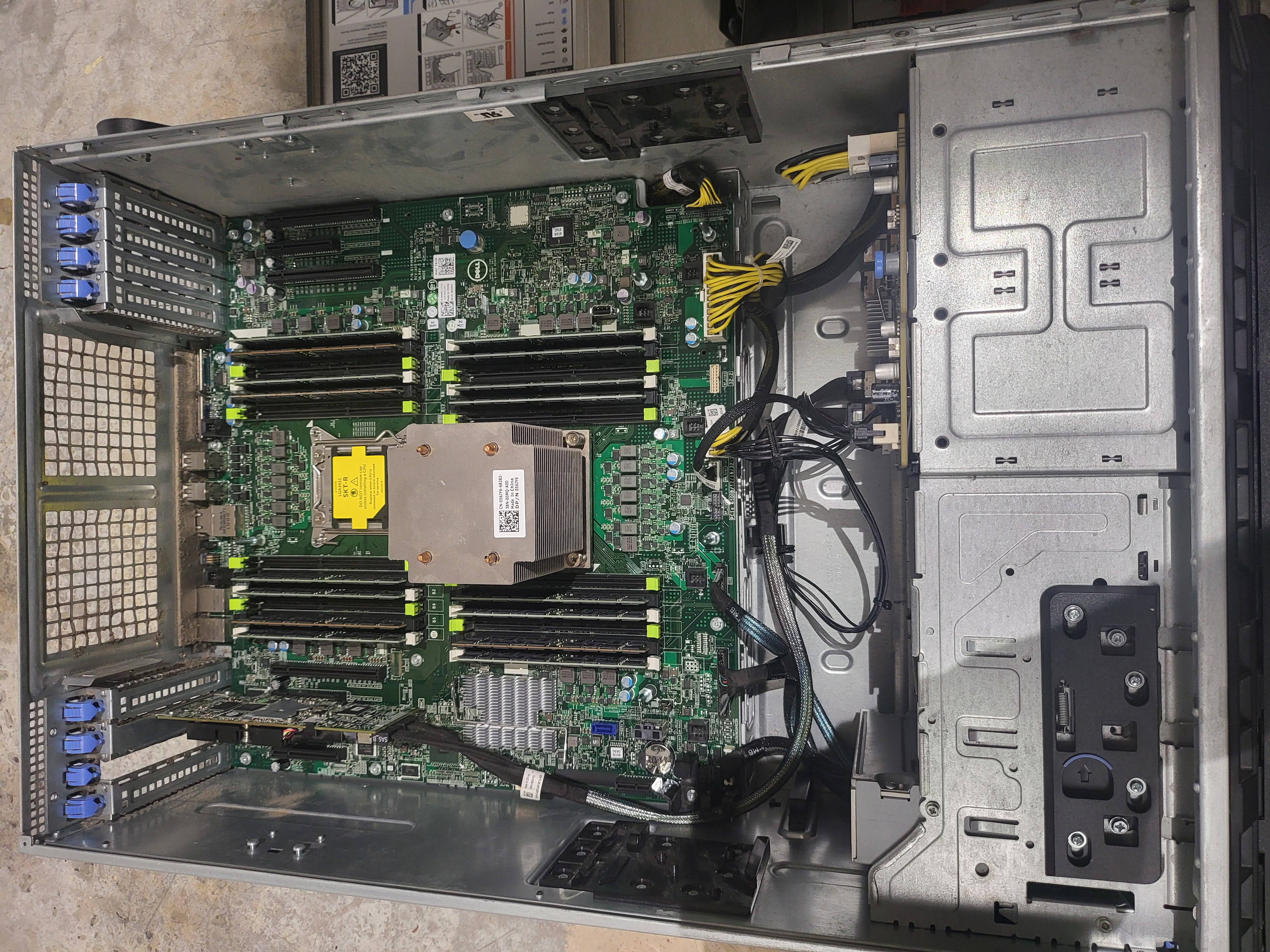
In an era where digital threats loom large and cyberattacks are becoming increasingly sophisticated, the need for skilled cybersecurity professionals has never been greater. One of the most effective ways to build and hone these skills is through hacking labs. These are controlled environments where ethical hackers and cybersecurity enthusiasts can practice their techniques, learn new skills, and stay ahead of the competition. This guide will explore everything you need to know about hacking labs, from their importance to how you can set up your own, and the best practices for maximizing your learning experience.
What are Hacking Labs?
Hacking labs are simulated environments designed to mimic real-world systems, networks, and applications. They are used by individuals to practice and refine their cybersecurity skills. Unlike real-world systems, hacking labs are controlled and legal, allowing users to explore vulnerabilities and exploits without the risk of causing harm or breaking the law.
These labs can range from simple virtual machines running vulnerable applications to complex networks that simulate corporate environments. They provide an essential hands-on experience that is often lacking in traditional classroom settings.
Why Hacking Labs are Essential
Hands-On Experience: Theoretical knowledge of cybersecurity is crucial, but without practical experience, it’s challenging to apply what you’ve learned. Hacking labs bridge this gap by providing an environment where you can experiment with real-world scenarios.
Safe Environment: Practicing on live systems can be dangerous and is illegal without explicit consent of the live system owner. Hacking labs offer a legal and safe space to test your skills without any liability.
Learning by Doing: Hacking is a skill best learned by doing. Hacking labs encourage active learning, allowing you to try different approaches, make mistakes, and learn from them.
Keeping Up with Evolving Threats: Hacking labs allow you to stay current by experimenting with the latest exploits and defenses.
Portfolio Development: For those looking to enter the cybersecurity field, demonstrating hands-on experience is invaluable. Documenting your work in hacking labs can showcase your skills to potential employers.
Types of Hacking Labs
Hacking labs come in various forms, each serving different purposes and catering to different skill levels. Here are some of the most common types:
Capture The Flag (CTF) Challenges: These are competitions where participants solve puzzles or hack into systems to capture "flags." CTFs are excellent for learning specific skills and testing your problem-solving abilities.
Vulnerable Virtual Machines (VMs): These are pre-configured virtual machines that contain known vulnerabilities. Users can download and run these VMs locally to practice finding and exploiting these vulnerabilities.
Online Platforms: Websites like Hack The Box, TryHackMe, and VulnHub offer a variety of challenges and labs that you can access from anywhere. These platforms provide a wide range of difficulty levels, from beginner to expert.
Self-Built Labs: For those looking for a more customized experience, setting up your own lab environment is an option. This could involve creating a network of virtual machines with specific configurations and vulnerabilities that you want to practice on.
Corporate Simulations: Some advanced labs simulate entire corporate networks, complete with firewalls, intrusion detection systems, and other security tools. These are particularly useful for professionals preparing for real-world cybersecurity roles.
Building Your Own Hacking Lab
Setting up your own hacking lab can be a rewarding experience, providing you with a tailored environment that suits your learning needs. Here’s a step-by-step guide to getting started:
1. Determine Your Objectives
Before setting up your lab, it’s essential to define your objectives. Are you looking to practice web application security, network penetration testing, or reverse engineering? Your goals will dictate the tools and systems you need to set up.
2. Choose Your Hardware and Software
Hardware: You don’t need an expensive setup to start. A decent laptop or desktop with virtualization support will suffice. If you plan on running multiple virtual machines simultaneously, ensure your system has enough RAM and CPU power.
Software: You’ll need virtualization software like VMware Workstation, VirtualBox, or Hyper-V. These tools allow you to create and manage virtual machines on your computer. For operating systems, consider using a combination of Windows, Linux, and intentionally vulnerable systems like Metasploitable or OWASP Vulnerable Web Applications.
3. Set Up Your Virtual Machines
Base Systems: Start by setting up the operating systems you’ll be using. Install the necessary software and updates on each VM.
Vulnerable Systems: Download and set up vulnerable VMs like Metasploitable, OWASP Broken Web Applications, or WebGoat. These systems are intentionally designed with security flaws, making them ideal for practicing exploitation techniques.
Networking: Configure your virtual machines to communicate with each other. You can set up an isolated network within your virtualization software to simulate a real-world network environment. This setup will allow you to practice network-based attacks like ARP spoofing, DNS spoofing, or firewall evasion.
4. Install Necessary Tools
Your hacking lab should include a variety of tools that cover different aspects of cybersecurity. Here are some essential categories and tools:
Penetration Testing Frameworks: Metasploit and Burp Suite are popular Open Source choices.
Network Scanning: Nmap, Wireshark, and Netcat are essential for network discovery and analysis.
Web Application Security: OWASP ZAP, SQLmap, and Nikto are useful for web application testing.
Reverse Engineering: Tools like Ghidra, OllyDbg, and IDA Pro are crucial for reverse engineering and malware analysis.
Password Cracking: John the Ripper, Hashcat, and Hydra are commonly used for password cracking.
Custom Scripts: Sometimes, off-the-shelf tools won’t suffice. Writing your own scripts in languages like Python, Bash or Go can be a powerful addition to your toolkit.
5. Document Your Setup
It’s essential to document your lab setup and configurations. This documentation will serve as a reference for future use and can also be part of your portfolio. Include details like the operating systems used, network configurations, and tools installed.
Learning with Hacking Labs
Once your lab is set up, the next step is to get the most out of it. Here are some strategies to enhance your learning experience:
1. Start with Basics
If you’re new to cybersecurity, start with the basics. Learn about common vulnerabilities like SQL injection, cross-site scripting (XSS), and buffer overflows. Practice exploiting these vulnerabilities on simple targets before moving on to more complex challenges.
2. Follow a Structured Learning Path
To avoid feeling overwhelmed, follow a structured learning path. Online platforms like TryHackMe and Hack The Box offer guided learning paths that take you from beginner to advanced levels. These paths are designed to build your skills progressively.
3. Join a Community
Cybersecurity is a vast field, and learning can be challenging without support. Join online communities, forums, or social media groups where you can ask questions, share your progress, and learn from others. Websites like Reddit, X, and Discord have active cybersecurity communities.
4. Participate in CTF Competitions
Capture The Flag (CTF) competitions are an excellent way to test your skills in a fun and competitive environment. Participating in CTFs can help you apply what you’ve learned in your lab and expose you to new challenges and techniques.
5. Keep Up with the Latest Trends
Cybersecurity is an ever-evolving field. Stay current by following blogs, podcasts, and news sites that cover the latest vulnerabilities, exploits, and defense strategies. Websites like Threatpost, Krebs on Security, and The Hacker News are excellent sources of information.
6. Practice Regularly
Consistent practice is key to mastering cybersecurity skills. Set aside dedicated time each week to work in your lab. Over time, you’ll develop a deeper understanding of the tools, techniques, and methodologies used in ethical hacking.
7. Document Your Work
As you progress, document your findings, techniques, and methodologies. Keeping a journal or blog of your hacking lab activities can serve as a valuable resource for future reference and showcase your skills to potential employers.
8. Use LLMs
Setting up a Hacking Lab is no small project. But you can use tools like OpenAI Assistants to make sure your work is being properly logged and if you forgot the setup or particulars of a single VM or environment an LLM will remind you how it was set up.
Building Your Own Hacking Lab: Step-by-Step
This setup uses only open-source components that are available free of charge on the Internet.
Type | Single Machine Setup |
Hardware | Dell PowerEdge T620 |
RAM | 128 GB |
CPU | 2 x Intel Xeon |
Operating System | Ubuntu |
Virtualization Software | VirtualBox |

If you don't have time to set up your own lab, send us a note to info@whitehacklabs.com and we will give you access to our hacking lab for free (you will be required to set up OpenVPN client on your local machine).
Ethical Considerations
While hacking labs are an excellent way to learn and practice cybersecurity skills, it’s important to approach this practice with a strong ethical foundation. Here are some ethical considerations to keep in mind:
Legal Boundaries: Always ensure that your hacking activities are confined to your lab environment or other legal platforms like CTF challenges. Never attempt to hack into real systems without explicit permission.
Data Privacy: Be mindful of the data you generate or use in your lab. If you’re practicing with real data, ensure it’s anonymized or otherwise protected.
Responsible Disclosure: If you discover a vulnerability in a real-world application during your practice, follow responsible disclosure practices. Report the vulnerability to the vendor or responsible party, and give them time to fix it before making any public disclosures.
Conclusion
Hacking labs are an invaluable resource for anyone looking to build or enhance their cybersecurity skills. Whether you’re a beginner just starting out or an experienced professional looking to stay sharp, these labs provide a safe and controlled environment for hands-on learning. By setting clear objectives, building a custom lab environment, and following a structured learning path, you can significantly accelerate your journey into cybersecurity.
Remember, cybersecurity is not just about finding vulnerabilities—it's about understanding how systems work, anticipating potential threats, and ultimately protecting valuable data and infrastructure. By practicing regularly in hacking labs, you’ll be better equipped to defend against better equipped hackers.

